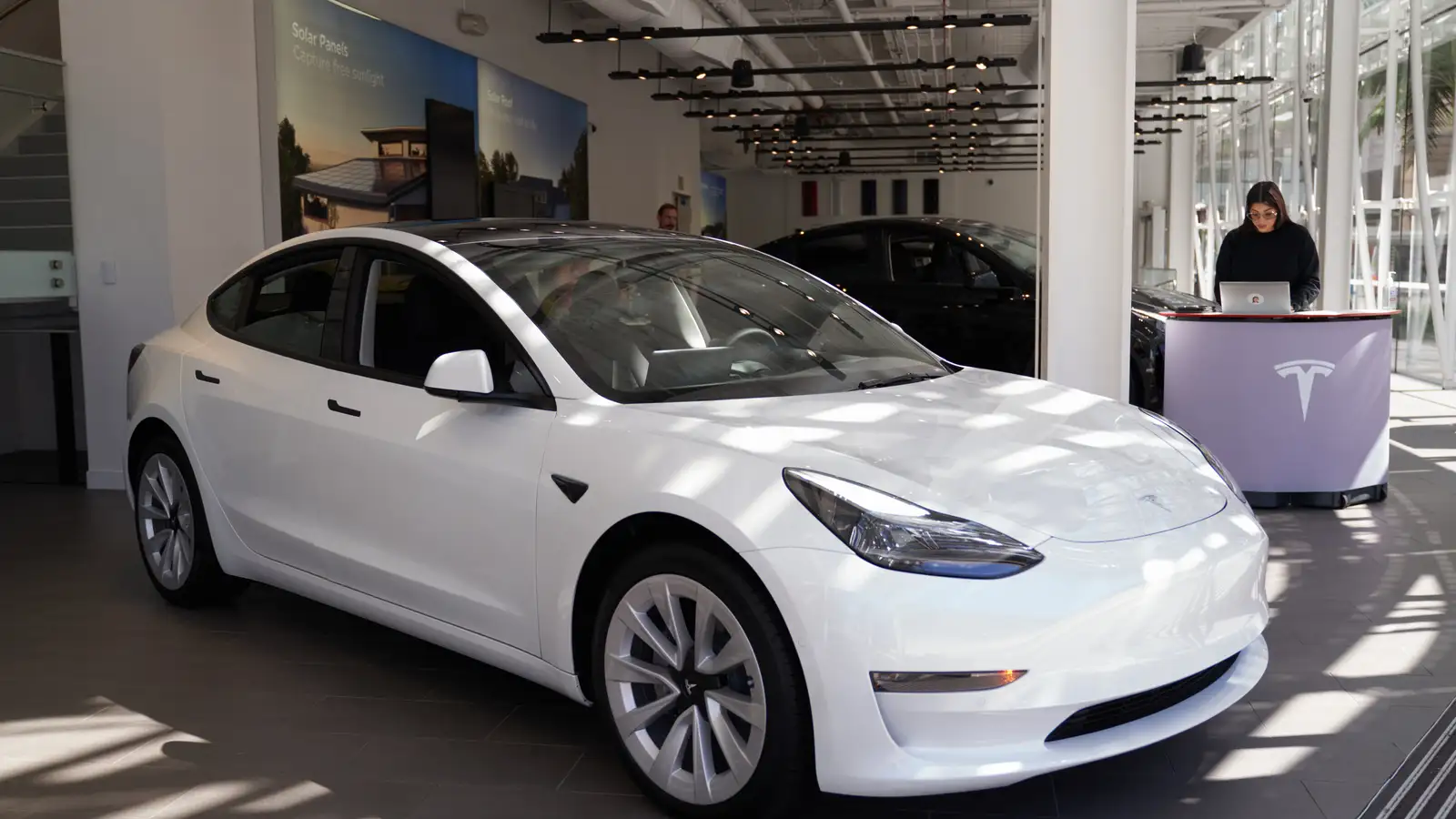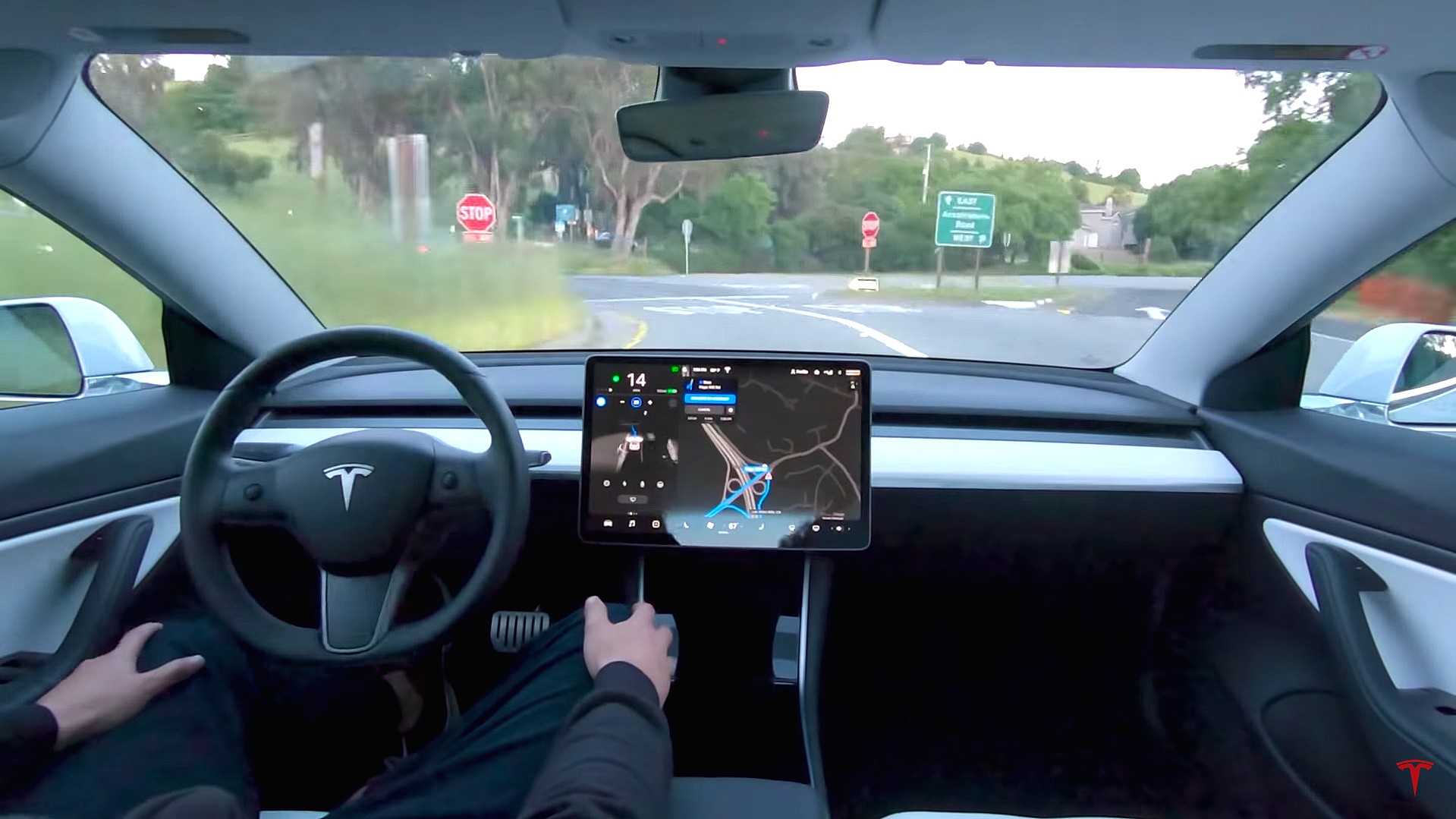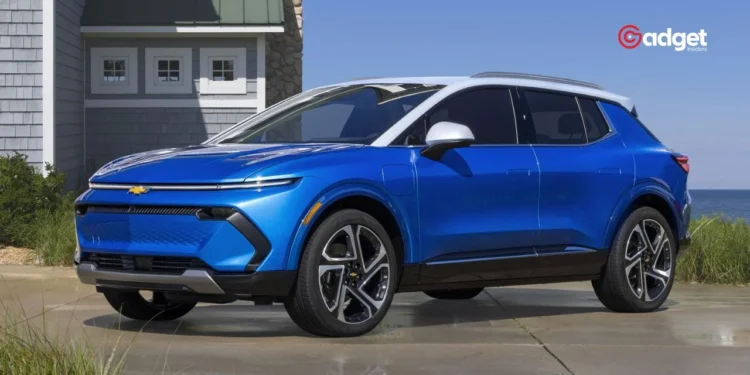On a foggy morning earlier this month, the promise of Tesla’s advanced driving technology was put to a rigorous test with alarming results. Craig Doty II, a certified general appraiser from Ohio, experienced a harrowing encounter when his Tesla, operating in Full-Self Driving (FSD) mode, failed to detect a moving train ahead, leading to a near-fatal crash. The incident, caught on the vehicle’s camera, vividly showcases the challenges and dangers associated with automated driving systems.

Despite the advanced capabilities of Tesla’s FSD, the technology did not recognize the imminent danger posed by the moving train. Doty, who was driving slightly over the speed limit at 60 mph, had to take swift manual control to avert a direct collision with the train. The dramatic footage of the car veering off the road and slamming into a railroad crossing arm has since gone viral, sparking widespread debate over the safety of self-driving cars.
Tesla’s FSD: A Cutting-Edge Technology Under Scrutiny
Tesla markets its FSD feature as a near-autonomous driving solution, promising significant advancements in vehicle automation. Elon Musk, Tesla’s CEO, has championed FSD as a cornerstone of the company’s future, projecting an image of almost complete independence from human intervention. However, the reality, as Doty’s experience underscores, is quite different. Tesla’s own website admits that while the car can operate with minimal driver input, it is not fully autonomous yet and requires “active driver supervision.”

This incident has attracted the attention of the National Highway Traffic Safety Administration (NHTSA), which is currently gathering more information from the manufacturer. The scrutiny is not new for Tesla; the company’s Autopilot and FSD features have been under regulatory examination due to various incidents that raise questions about their reliability and the extent of driver engagement required.
The Owner’s Perspective and Responsibility
Craig Doty acknowledges his role in the accident but also points to a potentially significant flaw in the FSD system. “I was the only one in the car, and yes, it was my fault, it had to be,” Doty stated to NBC News. “But I feel it was more that the damn car didn’t recognize the train.” His reflection on the incident reveals a reliance on the technology that perhaps extends beyond its current capabilities. “You do get complacent that it knows what it’s doing,” he added, highlighting a common sentiment among many Tesla drivers who have embraced the FSD feature for its convenience and the perceived increase in safety it offers.
Tesla’s approach to FSD requires drivers to maintain control and vigilance while using the system—a stipulation that may not always be clear to all users, especially given the marketing focus on the system’s autonomy. The incident raises crucial questions about the balance between advancing automotive technology and ensuring public safety, as well as the responsibilities of drivers and manufacturers.
The Aftermath and Ongoing Debates
The aftermath of the crash has left Doty dealing with not only a totaled vehicle but also legal and financial repercussions. He faced a citation for failure to control his vehicle, which he is contesting, noting the role of the FSD system in the incident. The dialogue surrounding this event is likely to influence how automated driving technologies are regulated and understood by the public.
Tesla’s journey towards perfecting FSD is ongoing, with each incident providing critical data points that inform future developments. However, as this technology continues to evolve, so too does the need for a careful reassessment of the definitions and expectations of driver assistance systems. As automated technologies become more prevalent, the fine line between driver and machine control becomes increasingly blurred, necessitating clearer guidelines and more robust safety measures.
In a landscape where technology races ahead, the wisdom of cautious implementation has never been more apparent. As we navigate this new era of driving, the road ahead is as much about innovation as it is about ensuring that safety remains the paramount concern, not just a checkpoint on the path to autonomy.










